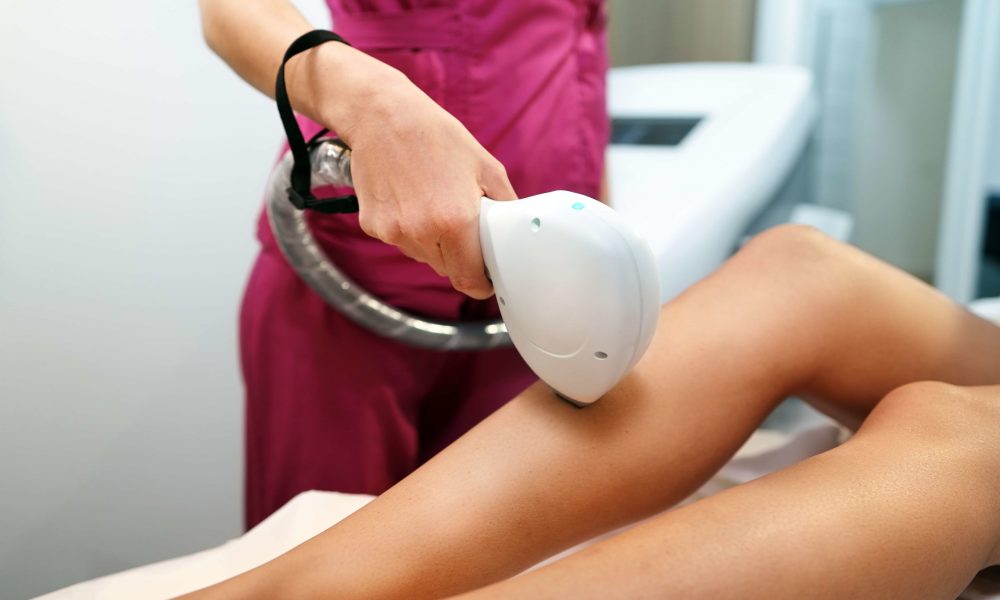The need for rejuvenation becomes paramount in a world that often demands more from our bodies than we can willingly offer. Whether it’s the daily grind, the stress of life, or pushing our physical limits in the pursuit of wellness, our bodies inevitably succumb to aches and pains. Enter deep tissue massage, a therapeutic oasis beyond mere pampering, delving into the intricacies of muscle layers and fascia to offer relief that is not just skin deep.
Understanding Deep Tissue Massage:
Deep tissue massage is more than a luxurious spa treatment; it’s a targeted therapeutic approach designed to alleviate chronic and acute muscle tension. Unlike its gentler counterparts, deep tissue massage focuses on reaching the deeper layers of muscles, tendons, and fascia—the connective tissue surrounding muscles and organs. This specialized massage technique is not a one-size-fits-all remedy but a nuanced art that requires skill and knowledge.
The Expert Touch:
To truly grasp the effectiveness of deep tissue massage, one must appreciate the expertise behind it. A skilled therapist proficient in various techniques, such as Trigger Point Therapy and Myofascial Release, becomes the architect of your relief. These professionals understand that the source of many aches and pains lies beneath the surface, in the intricate web of muscles and fascia that support our bodies.
Trigger Point Therapy: Navigating the Pain Points
Trigger Point Therapy is at the heart of deep tissue massage, identifying and releasing trigger points—localized areas of muscle tightness. These trigger points, often referred to as “knots,” are notorious for causing pain and discomfort. The therapist applies targeted pressure to these points, releasing tension and promoting a sense of relief. It’s a precision technique akin to untangling knots in a delicate piece of fabric.
Myofascial Release: Unraveling the Fascial Web
The fascia, a connective tissue that wraps around muscles, is crucial to our body’s structural integrity. Myofascial Release is a technique used in deep tissue massage to stretch and release tension in the fascia. By applying sustained pressure, the therapist helps restore flexibility and alleviate pain caused by fascial restrictions. Picture it as a gentle unwinding of the body’s internal scaffolding.
The Science Behind the Relief:
Deep tissue massage isn’t just about applying pressure; it’s about understanding the anatomy and physiology of the body. As pressure is exerted on specific areas, blood circulation improves, delivering oxygen and nutrients to the tissues. Simultaneously, the massage stimulates the lymphatic system, removing toxins and reducing inflammation. This dual action promotes overall healing and contributes to the lasting effects of deep tissue massage.
Benefits Beyond the Surface:
The benefits of deep tissue massage extend far beyond the immediate relief of muscle tension. Individuals suffering from chronic pain conditions, such as fibromyalgia or lower back pain, often find significant relief through consistent deep-tissue massage sessions. Moreover, athletes and fitness enthusiasts use this modality to enhance flexibility, prevent injuries, and expedite recovery.
The Personalized Approach:
One of the strengths of deep tissue massage lies in its adaptability. A skilled therapist recognizes that each body is unique, and a personalized approach is essential for optimal results. Before the massage begins, a thorough consultation helps identify specific areas of concern and tailors the session to address individual needs. This personalized touch ensures the message is effective and a deeply satisfying experience.
Managing Expectations:
While deep tissue massage offers profound relief, managing expectations is important. Some individuals may experience mild discomfort during the massage, especially when the therapist targets trigger points or tight fascia. This discomfort is usually temporary and gives way to liberation as the session progresses. Communication with the therapist is key, allowing adjustments to be made for a comfortable yet effective experience.
Beyond the Massage Table: Integrating Deep Tissue Practices into Daily Life
As we revel in the immediate benefits of a deep tissue massage session, it’s crucial to recognize that the therapeutic journey doesn’t end when you step off the massage table. Integrating practices inspired by deep tissue techniques into your daily routine can help prolong the positive effects and contribute to overall well-being.
1. Mindful Movement:
Consider incorporating mindful movement practices such as yoga or Pilates into your routine. These exercises promote flexibility, strengthen core muscles, and complement the effects of deep tissue massage. The emphasis on controlled, deliberate movements aligns with the philosophy of Myofascial Release, encouraging the gentle elongation of muscles and fascia.
2. Hydration and Nutrition:
Hydration is a cornerstone of maintaining a healthy musculoskeletal system. Water aids in the elimination of toxins released during deep tissue massage, supporting the body’s natural detoxification processes. Adopting an anti-inflammatory diet rich in fruits, vegetables, and omega-3 fatty acids can enhance the massage’s long-term benefits.
3. Self-Care Techniques:
Empower yourself with self-care techniques inspired by Trigger Point Therapy. Invest in foam rollers or massage balls to target specific areas of tension between massage sessions. This self-massage approach allows you to actively participate in your well-being actively, promoting a sense of agency over your body’s health.
4. Regular Check-Ins:
Maintain open communication with your massage therapist. Schedule regular check-ins to discuss your evolving needs and any changes in your physical condition. This ongoing dialogue ensures that each session remains tailored to address your specific concerns, fostering a collaborative approach to your overall health.
5. Stress Management:
Recognize the role of stress in muscular tension and actively engage in stress-management practices. Whether it’s through meditation, deep breathing exercises, or other mindfulness techniques, managing stress is integral to preventing the recurrence of muscle tightness and pain.
6. Consistency is Key:
Just as with any wellness regimen, consistency is key. While a single deep tissue massage session can provide immediate relief, regularity amplifies the cumulative benefits. Establishing a consistent schedule for massage sessions helps address chronic issues and prevents the re-emergence of tension.
Conclusion:
The Rejuvenation Center invites you to go beyond the ordinary and experience the extraordinary benefits of Deep Tissue Massage. Our skilled therapists, advanced techniques, and personalized approach ensure that every session is a deep relaxation and rejuvenation journey. Don’t settle for surface-level pampering; choose profound healing at The Rejuvenation Center and let your well-being flourish! Book your Deep Tissue Massage session at The Rejuvenation Center today! Your body deserves care and attention beyond the surface; we’re here to provide just that.








